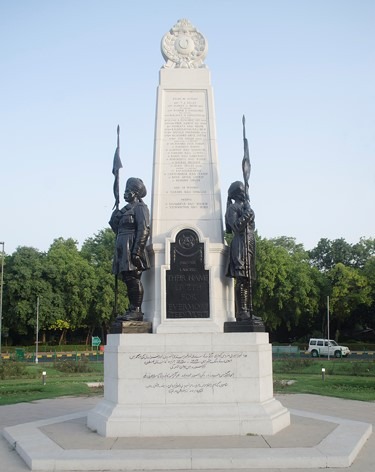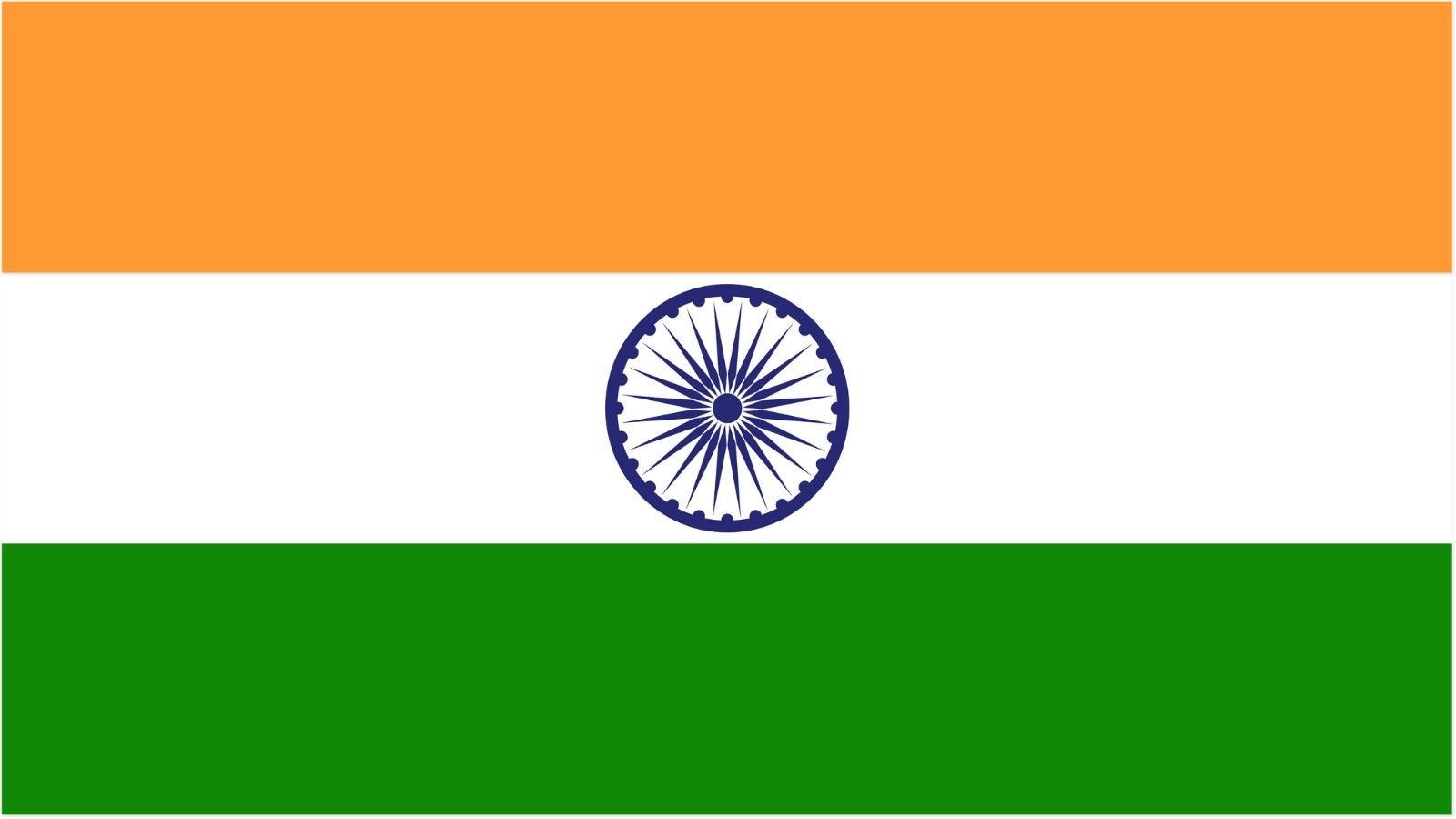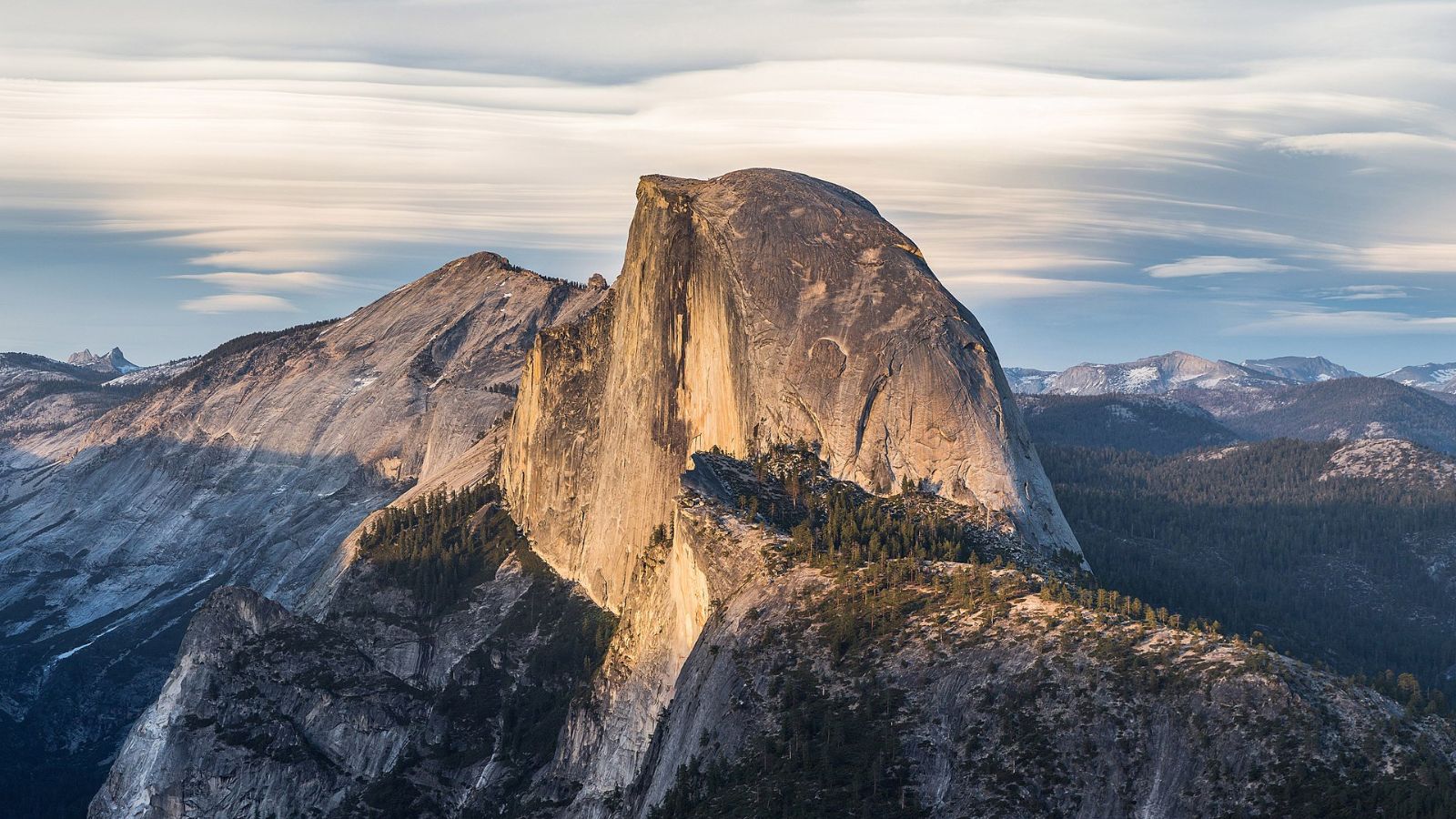The Teen Murti Bhavan in Delhi, previous known as the Flagstaff House, originally served as the residence of the Commander-in-Chief of the British Army. It was built in 1930 as part of the new imperial capital of India.
Post independence, it was renamed after the Teen Murti Memorial created by British sculptor Leonard Jennings to commemorate the representation of ‘soldiers’ from the ‘three’ princely states of Hyderabad, Jodhpur and Mysore during World War I in Sinai, Palestine and Syria under the British command. The Memorial has the names of the soldiers who were killed in action, died of wounds, and went missing, inscribed on it.

The Teen Murti Memorial
In 1947, the Teen Murti Bhavan became the official residence of the first Prime Minister of India, Jawaharlal Nehru, who lived there for more than sixteen years until his death in 1964. Located in central Delhi, the sprawling 30-acre campus is closely associated with Nehru and his legacy. The campus houses the Nehru Memorial Museum and Library, the Nehru Planetarium. It also has the 14th-Century hunting lodge of Delhi Sultanate ruler Firuz Shah Tughlaq.
In 2022, the complex was expanded to include the Museum of Prime Ministers, showcasing the contributions of India’s prime ministers through interactive exhibits and historical artifacts.
The Teen Murti Bhavan is not just a place of political and historical importance, but also a symbol of India’s transition from colonial rule to a democratic republic.



